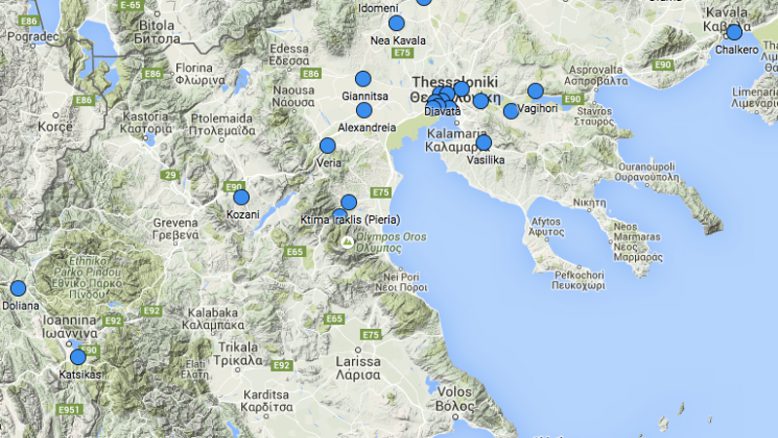Authorities try to convince refugees to move to official camps – a strategy to gradually close the Idomeni camp and divert attention?
Idomeni became the symbol of failed European refugee policies, showing the suffering and anger that closed borders produce every day. Thus, it is no surprise that the political leaders of European countries want the closure of this camp and hope to divert attention away from the inhumane situation in Idomeni. It is unfeasible to violently evict the 10.000 refugees who are still stuck at the Greek-Macedonian border, hoping for a possibility to cross and continue the hard journey. Therefore, the authorities are attempting to convince refugees to move away from Idomeni by presenting the newly erected official camps as a better alternative.
Realities in official camps contradicts message of humanitarism
The official camps are presented as an alternative to Idomeni, with better living conditions and better access to asylum, relocation or family reunification procedures. However, this message of humanitarianism, presented to the European public and those stuck at the Greek-Macedonian border is a farce. Moving Europe visited 14 of the official camps in order to compare the promises made with the reality in the camps, which are mostly managed by the Hellenic Army. To summarize: Living conditions are often worse than in Idomeni, and there is no adequate access to official information, asylum services, relocation procedures and/or family reunification. Thus, the camps are no solution: The suffering under inadequate conditions continues, and being brought to the camps moves people further away from the border rather than enabling them to travel on to where they want to. Many refugees want to return to Idomeni after a few days in one of the official camps.
Mapping the conditions in the official camps in Northern Greece
Moving Europe created a map to in order to provide an overview about the camps and what people inside think about them. Each location contains links to the situational reports Moving Europe published about the camps:

